
What comes to mind first when you hear "Lyulin"? Concrete, panel buildings, micro-districts, horse-drawn carts, the Cooperative Market, and "that tunnel," which was a never-ending source of jokes for Lyulin residents before the metro was launched, as it was the only link between the neighborhood and the city center.
And what associations does "Druzhba" evoke? Probably: the lake, the chimneys of the thermal power plant, and the road to the airport. And more panel buildings, of course. "Druzhbai" as this gray megalopolis is affectionately called, is densely built, similar to Dubai, but not with skyscrapers, but with panel and prefabricated concrete blocks - a legacy from the years of rapid industrialization.
For new neighborhoods like "Lyulin" and "Druzhba," it's easy.
Much more difficult is to define the Center, which has been built over millennia and cannot be described in a few words.
For people from the outskirts, the center means - crowds of people, traffic, noise, and hourly parking.
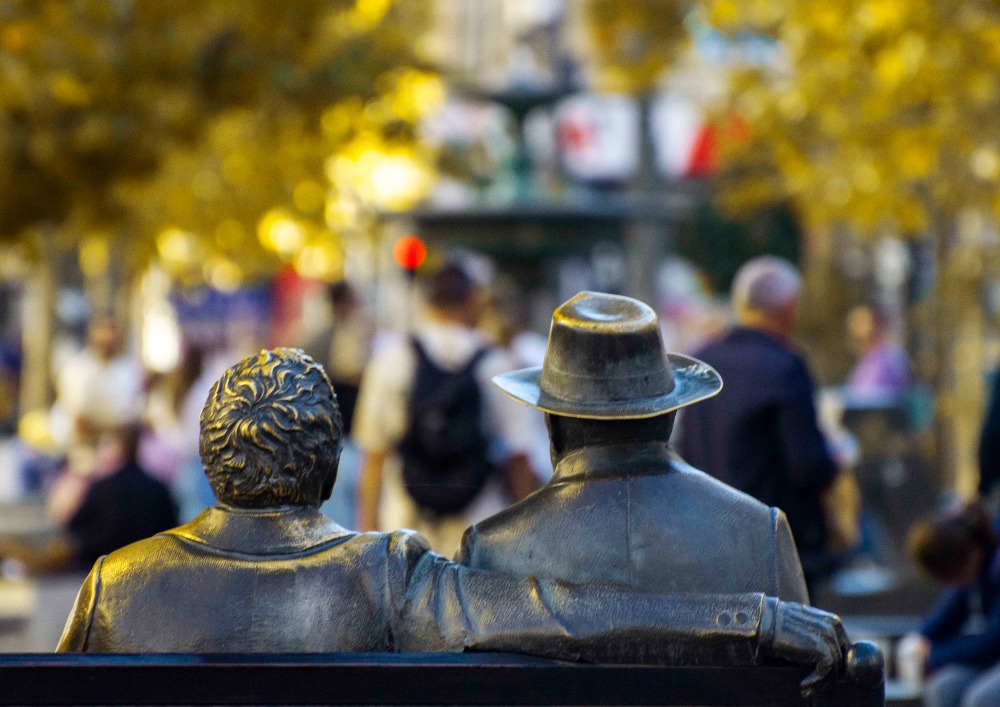
For those coming from the provinces, Sofia's center is different - yellow pavements, trams, representative buildings, ancient temples, and many landmarks, such as monuments, museums, theaters, galleries.
For foreigners, Sofia's "downtown" is an interesting place with quirky buildings, delicious food, various entertainments, and vibrant nightlife.
Sounds confusing, doesn't it? It's as if we're talking about different neighborhoods. And we are because the Center is a neighborhood with many faces. One is the atmosphere along "Vitosha," which turns into a veritable Babylon on weekends with the crowds of tourists and noisy companies strolling, dining, and having fun here.
Another is in the old Jewish quarter under "Dondoukov," somewhat reminiscent of Plovdiv's "Kapana" - with a relaxed rhythm, colorful graffiti on the walls, small art workshops, galleries, hipster cafes, and all sorts of colorful personalities you'd like to get to know.
Entirely different is the area around the Women's Market, which has always been a multi-cultural gathering place. In addition to the dozens of hair salons and spice shops from the Orient, there are also many Chinese restaurants and stores where you can buy everything - from doner kebabs to a full-sized wooden statue of Buddha.
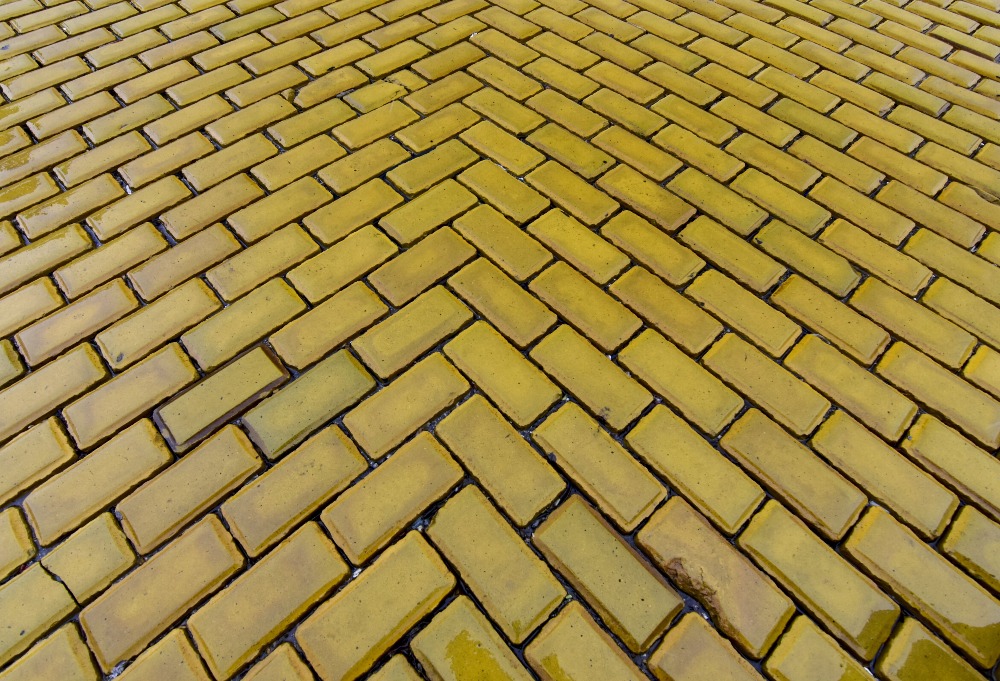
You've heard many times the phrase "born on the yellow pavements," as an embodiment of the Bulgarian dream.
During socialist times, the dream of everyone coming from the province was to obtain a Sofia residency, and owning an apartment in the center of the capital was considered the ultimate snobbery.
Today, anyone can live in the center of Sofia, as long as they have enough money. Properties and rents in the center of Sofia are expensive, but there are reasons for this.
Firstly, life in the center saves a lot of time from hanging out in traffic jams and bumping into public transport. In the center, almost everything is within walking distance - institutions, offices, banks, shops, schools, hospitals, pharmacies.
Besides saving time, life in the center is always interesting and colorful. Here is full of interesting establishments, lively streets, gardens with musicians, open-air concerts, theaters, exhibitions, and street performances. Something that life in the outskirts cannot give you. If you're into nightlife, it's better to live in the center. Here, you'll always be in the midst of events - both on weekdays and holidays.
Furthermore - the streets in the center are swept and washed more often than in the outskirts. The sidewalks are better maintained. Trash is disposed of regularly. There are no panel buildings, stray dogs, or Gypsy carts. Most building facades are beautiful and well-maintained. Life as a whole is better.
Investing in property here is one of the safest. Properties in the center always hold their value, even during market shocks or prolonged recession. This is because the supply of housing in the center is limited, and the demand is high.
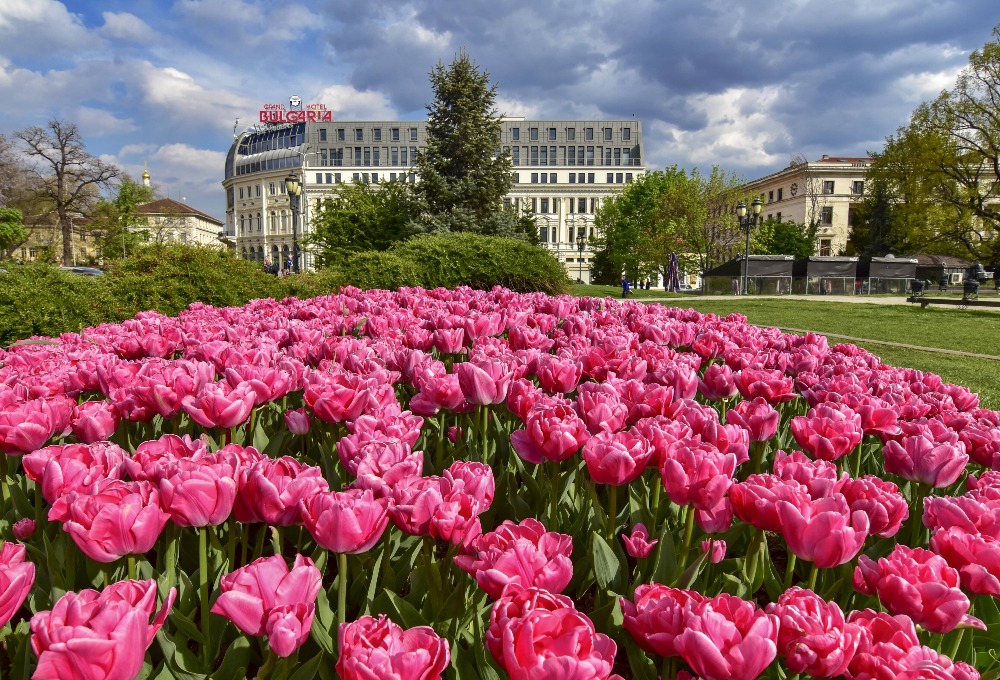
For many, Sofia's center lacks clear logic and rhythm. There's an explanation for that. The city was bombed several times during World War II. Over 12,000 buildings were destroyed - almost the entire historical center.
That's why Sofia's center might seem like a huge puzzle to you, as if some unruly child has scattered the pieces all over, and it's hard to put together a picture from them.
For Sofia, the quote from "The Little Prince" holds true, that what is essential is invisible to the eye. Beauty is hidden in the small details, invisible to the naked eye. To see it, you have to tune your senses to a different frequency.
It's in the beautiful houses that still retain the memory of Old Sofia. In the stone sculptures and ornaments on the facades.
In the old cast iron number plates that no one makes anymore.
In the small courtyards with stretched laundry lines.
In the windows of the cooperatives, from which domestic pets peek out. In the socialist-era vehicles, which are still parked on central Sofia streets and yards.
In the street clocks with old-fashioned dials, silently counting the passage of time.
In the overgrown facades of the houses.
In the retro tram that rattles around "Grafa" during major holidays.
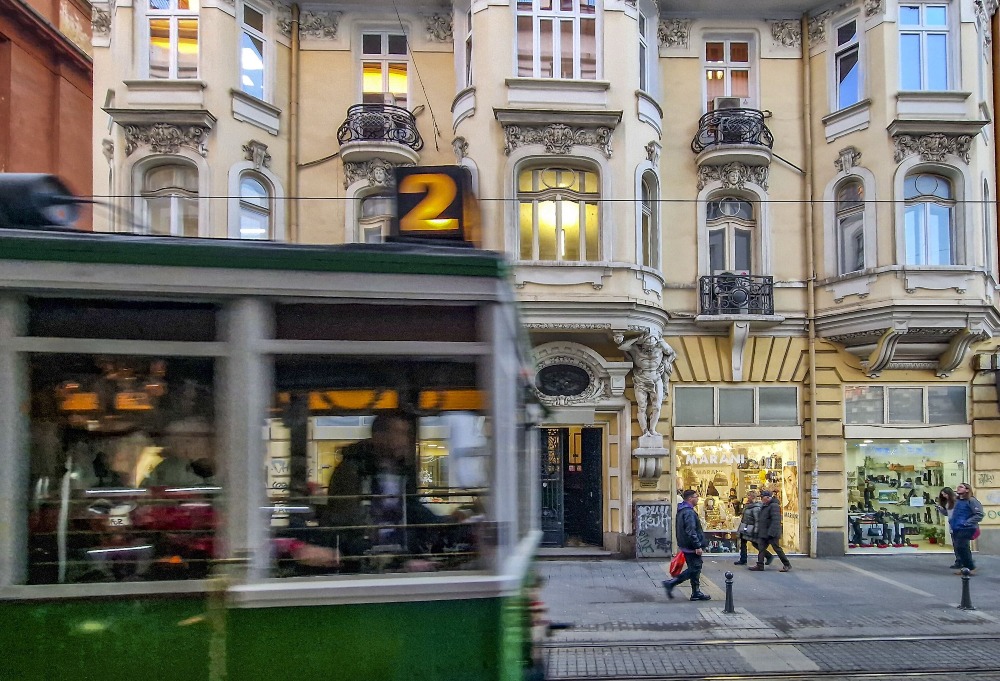
In the yellow pavements along "Tsar Osvoboditel."
In the flocks of pigeons near the Seven Saints Church.
In the bench of the Slavonic Apostles, where you can sit for a short break.
In the fountain with the ballerina in front of the National Theater, where musicians play on weekends.
In the measured movements of the guards in front of the Presidency.
In all this, there is much hidden beauty. As long as one wants to see it.
There's no need to list all the landmarks that Sofia's downtown offers. Everyone knows them. But here are a few things that make Sofia's downtown truly unique.
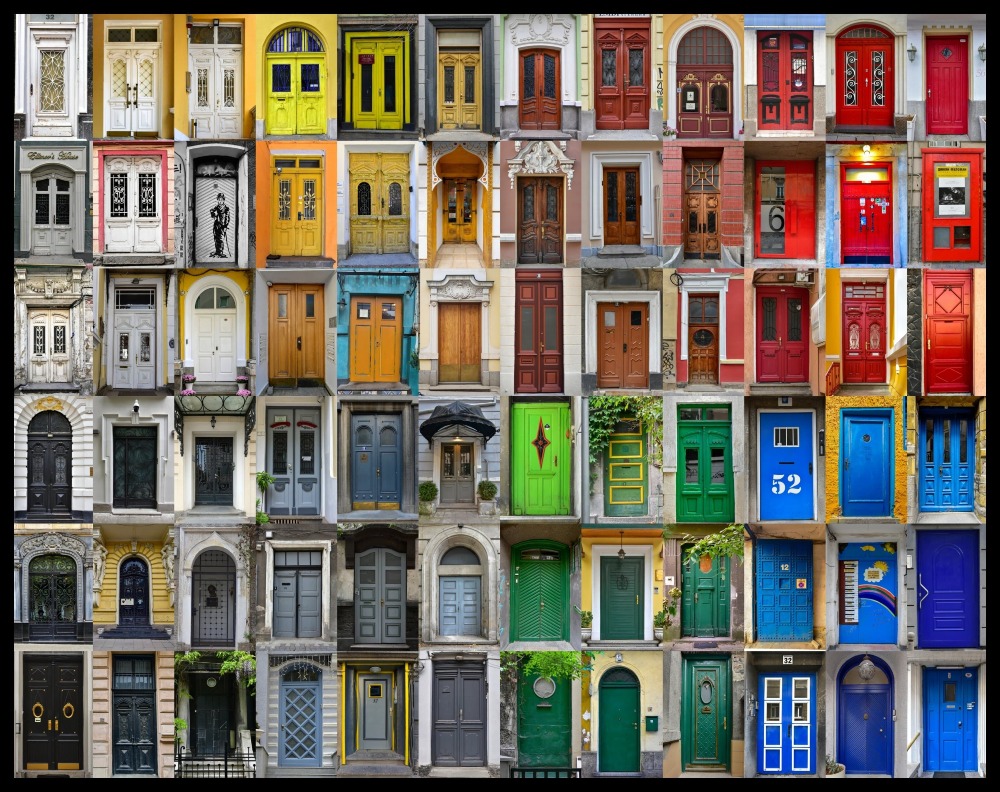

One of the charms of Sofia's downtown are the streets lined with old houses that still stand. Some of them are over 100 years old and hold memories of Old Sofia.
The facades of the buildings combine elements from different styles and epochs - classicism, Renaissance, Baroque, Revival, and modernism.
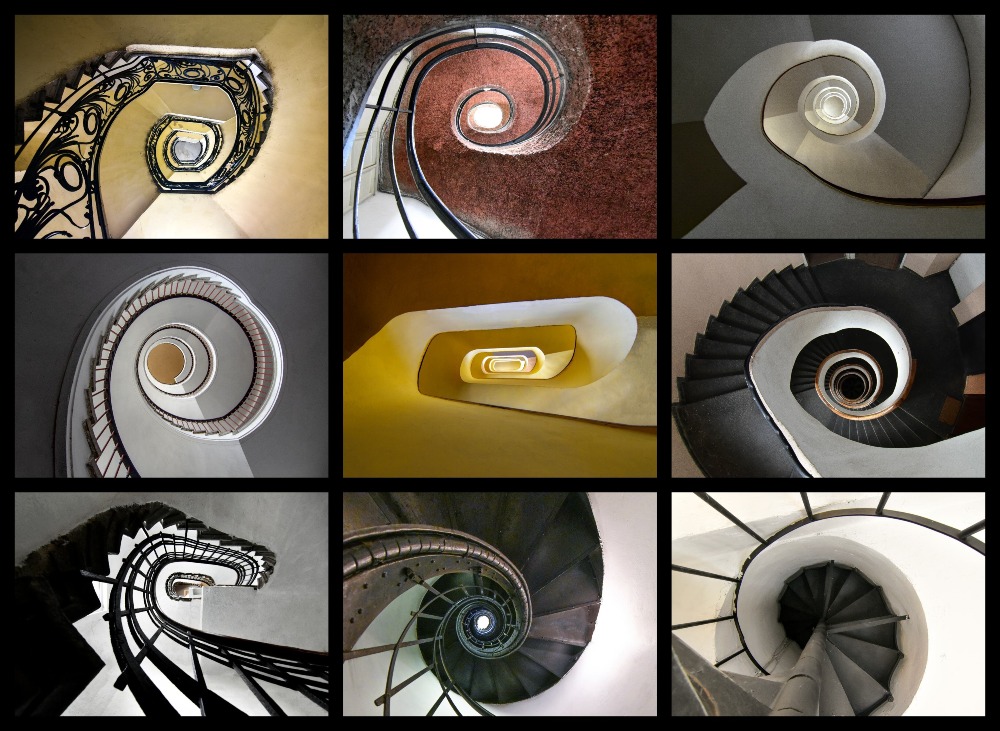 Most buildings nowadays have mundane staircases, a result of architects and builders continuously striving to optimize space and costs. Today, you'll rarely find wide and beautifully crafted staircases in residential buildings because they take up a lot of space. The spiral staircases of the old buildings on streets like "Alabin," "Tsar Asen," and "Gladstone" have preserved the aristocratic feel from the pre-war period and are one of the little wonders that one can discover only in the downtown.
Most buildings nowadays have mundane staircases, a result of architects and builders continuously striving to optimize space and costs. Today, you'll rarely find wide and beautifully crafted staircases in residential buildings because they take up a lot of space. The spiral staircases of the old buildings on streets like "Alabin," "Tsar Asen," and "Gladstone" have preserved the aristocratic feel from the pre-war period and are one of the little wonders that one can discover only in the downtown.
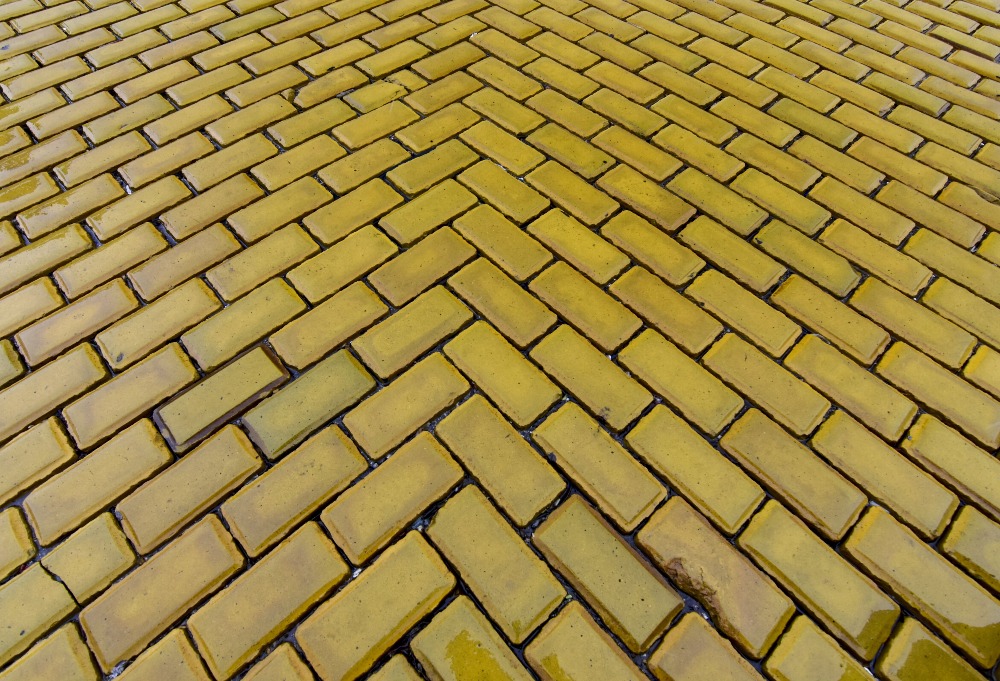
The pavements are one of the symbols of the capital. They appeared a century ago from Hungary. There's an urban legend that they were a gift for the wedding of King Ferdinand, but that's not true. They were ordered by the municipality to give a more glamorous look to the Bulgarian capital. They line Boulevard "Tsar Osvoboditel" and parts of the streets around the Palace, where most representative buildings of the institutions are located.
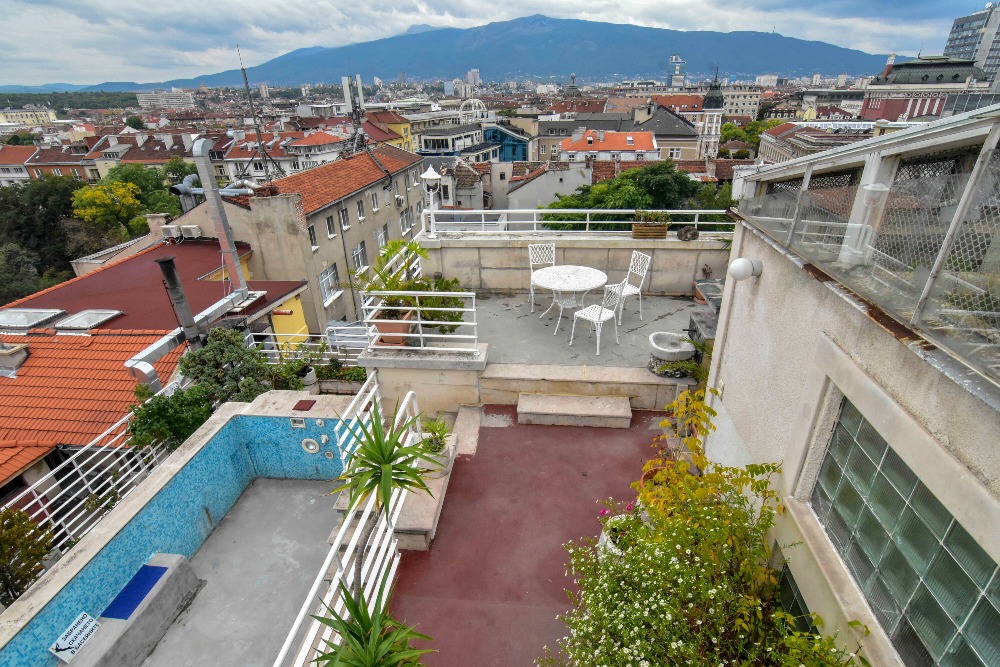
There are no skyscrapers in the center of Sofia. Thank goodness. But there are many rooftops with beautiful views. One of them is the Art Space Swimming Pool, located on the roof of an old building opposite the Russian Church (Boulevard "Tsar Osvoboditel" 10). If Karlsson lived in Sofia, his home would probably be right here. On the roof of this old Sofia building from the 1930s, there is a terrace with a swimming pool, offering a 360-degree panorama of the entire city. Similar magical views can be found from the rooftops of coworking spaces like Entract 127 (Rakovski Street 127) and Betahaus (Slaveykov Square).
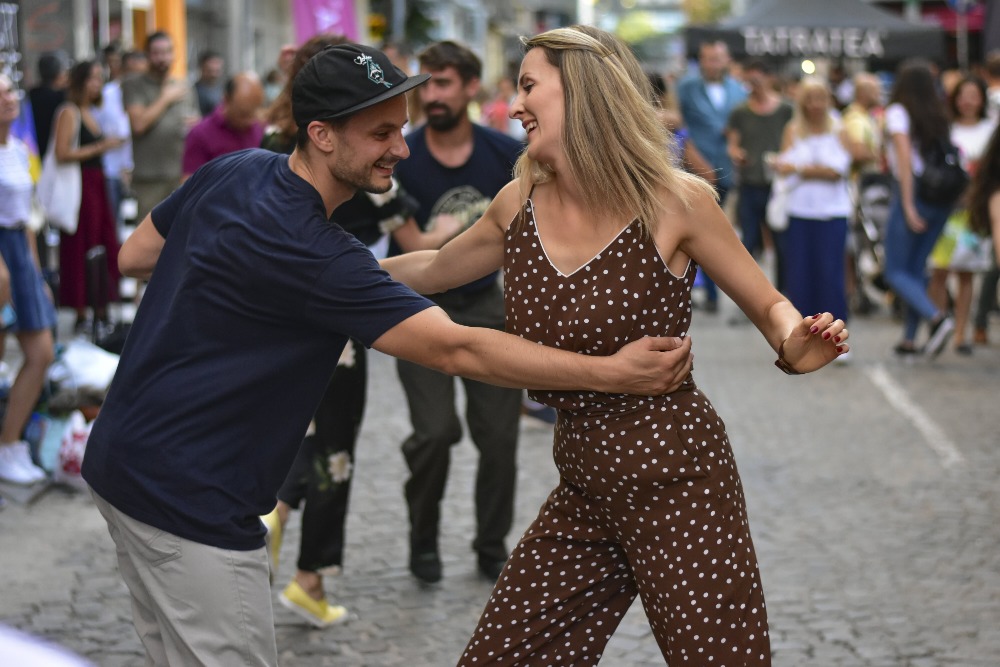
One of the charms of the downtown area are the street musicians and artists you encounter in various lively spots. Almost always on weekends, you can find them in the City Garden - the park opposite the Palace. A century ago, the City Casino (now the Municipal Art Gallery) was located here, which was the center of cultural life in the capital. It hosted concerts, exhibitions, and balls for the elite of that time. In 1911, even the Titanic Orchestra performed here.
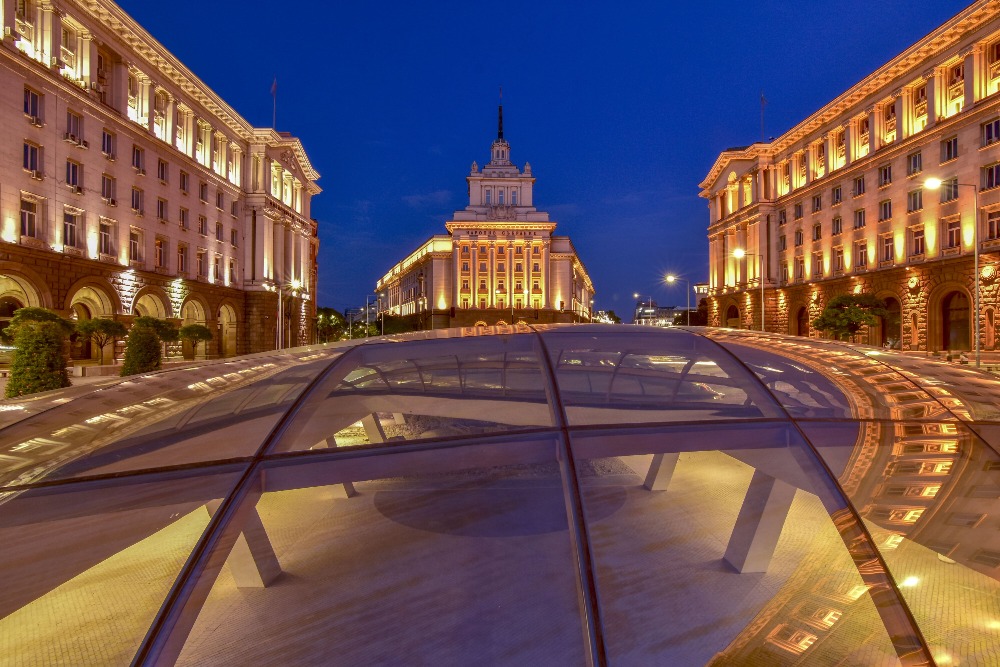
Take a stroll down the main street of ancient Serdica, where even Emperor Constantine the Great once walked. He often stayed in the then capital of the Roman province and liked to say, "Serdica is my Rome."
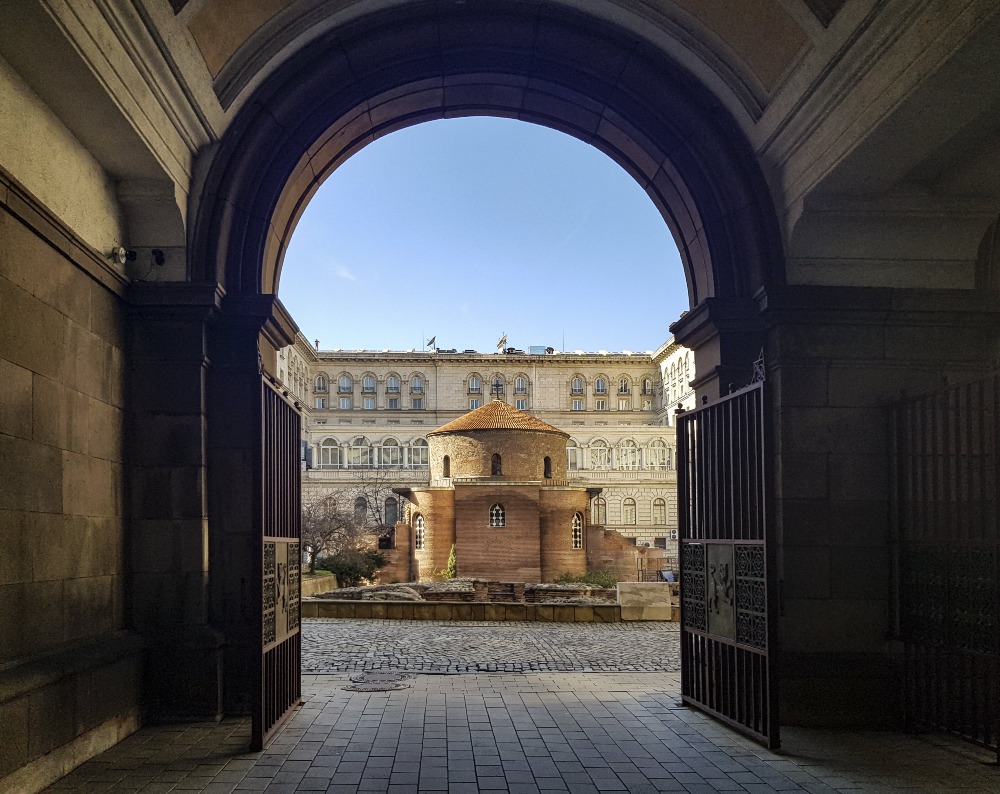
Sofia has many ancient temples from different periods and religions. Each of them is remarkable in its own way - the Patriarchal Cathedral of "St. Alexander Nevsky," the Jewish Synagogue, the Banya Bashi Mosque, the Roman Basilica of St. Sofia... But perhaps the most unique of all is the Rotunda "St. George." It is the oldest preserved building in the city - built during the time of Emperor Constantine the Great (4th century AD). It is also the oldest temple in the city - over 16 centuries old! Its survival to this day is a true miracle. The temple has endured everything - barbarian invasions, Ottoman rule, bombings during World War II... A life metaphor for the power of faith!
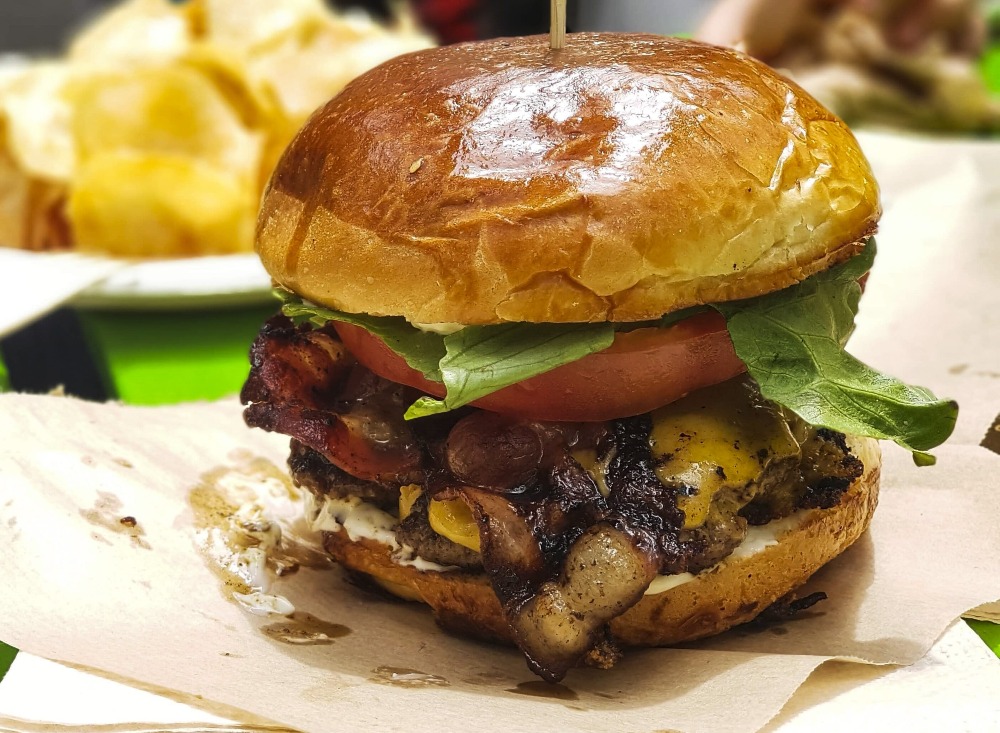
The trend of low-cost flights and Airbnb stays has turned Sofia into a multicultural destination. Here, every weekend you can meet people of the "I'm from far away and just for a bit" type. This is most visible in fast-food establishments offering all sorts of exotic flavors. So, a walk through the center can turn into a true culinary journey. American burgers, Italian arancini, Mexican quesadillas, Vietnamese katsudon, Lebanese falafel, Japanese gyoza, and the Asian classic Pad Thai - these are just some of the things you can try while strolling along Vitosha Street and its intersections. And all of this - without leaving the center of Sofia.
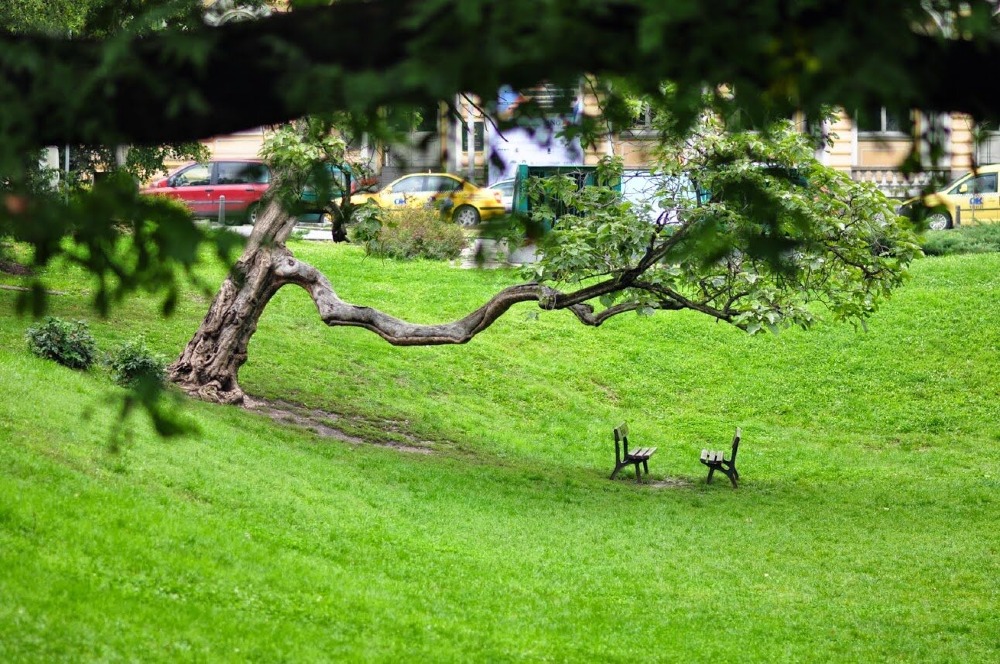
In the bustling rhythm of the downtown, there are small green oases where one can sit for a short break - like the garden of "Seven Saints," the Fountain in front of the National Palace of Culture, the Botanical Garden, and the sunken clearing in the "Crystal" garden. These are the favorite spots of Sofians - old and young alike. During spring, summer, and autumn, meetings for beer drinking and other activities are organized in them. In the evenings, all benches are occupied by noisy companies, turning them into one of the liveliest places in the city.
One of the distinctive features of the downtown area are the house number plates made of cast iron. They were handmade using so-called 'vagrianki' (cast iron stoves) in the 1920s and 1930s. That's why most of them have serif fonts - with additional decorative strokes and swirls at the end of each number. A real delight for the eyes.

It's these little details that make one feel "in Sofia." Just like the blue-green signs with the names of the streets are a sign that you are in Paris. Or the black taxis with right-hand drive show that you find yourself in London.